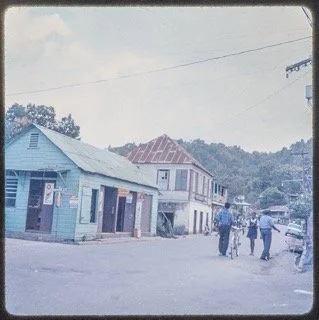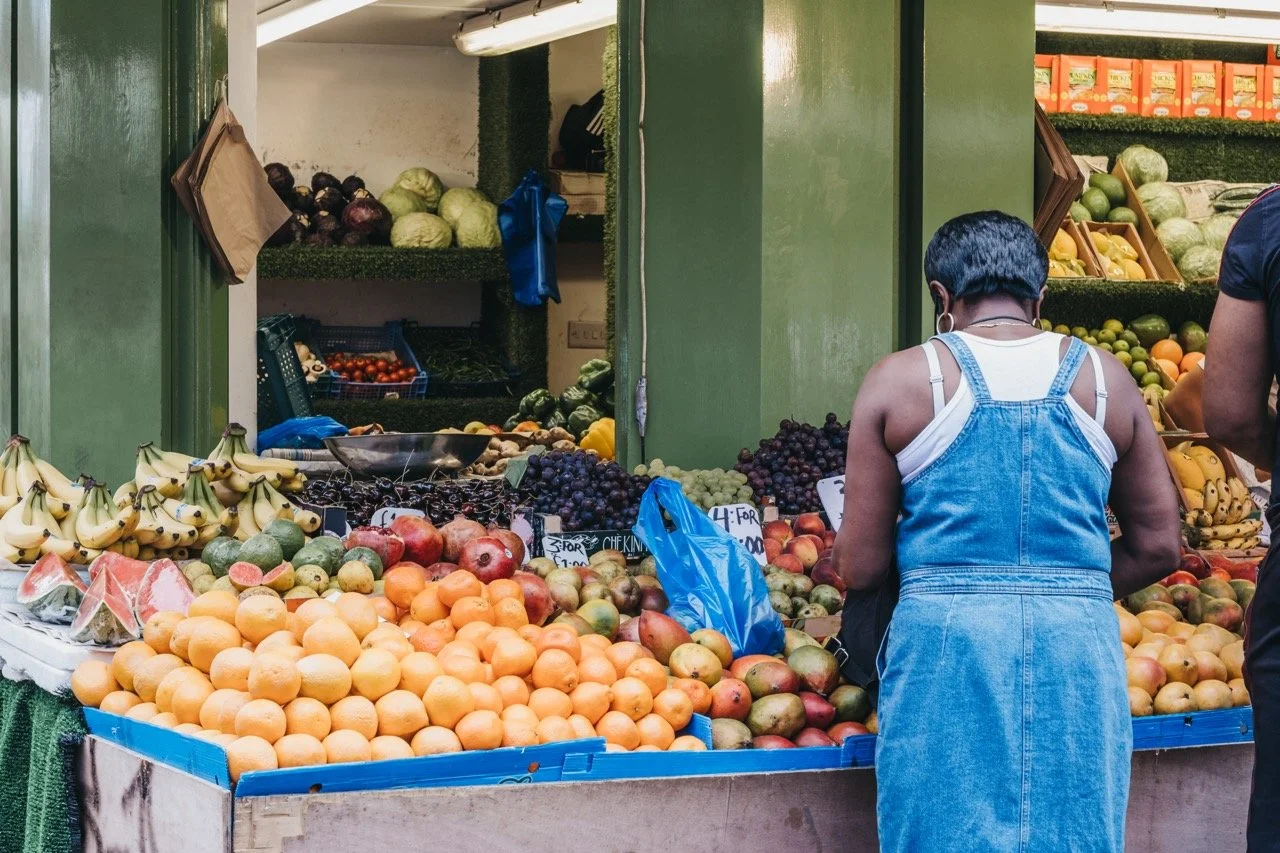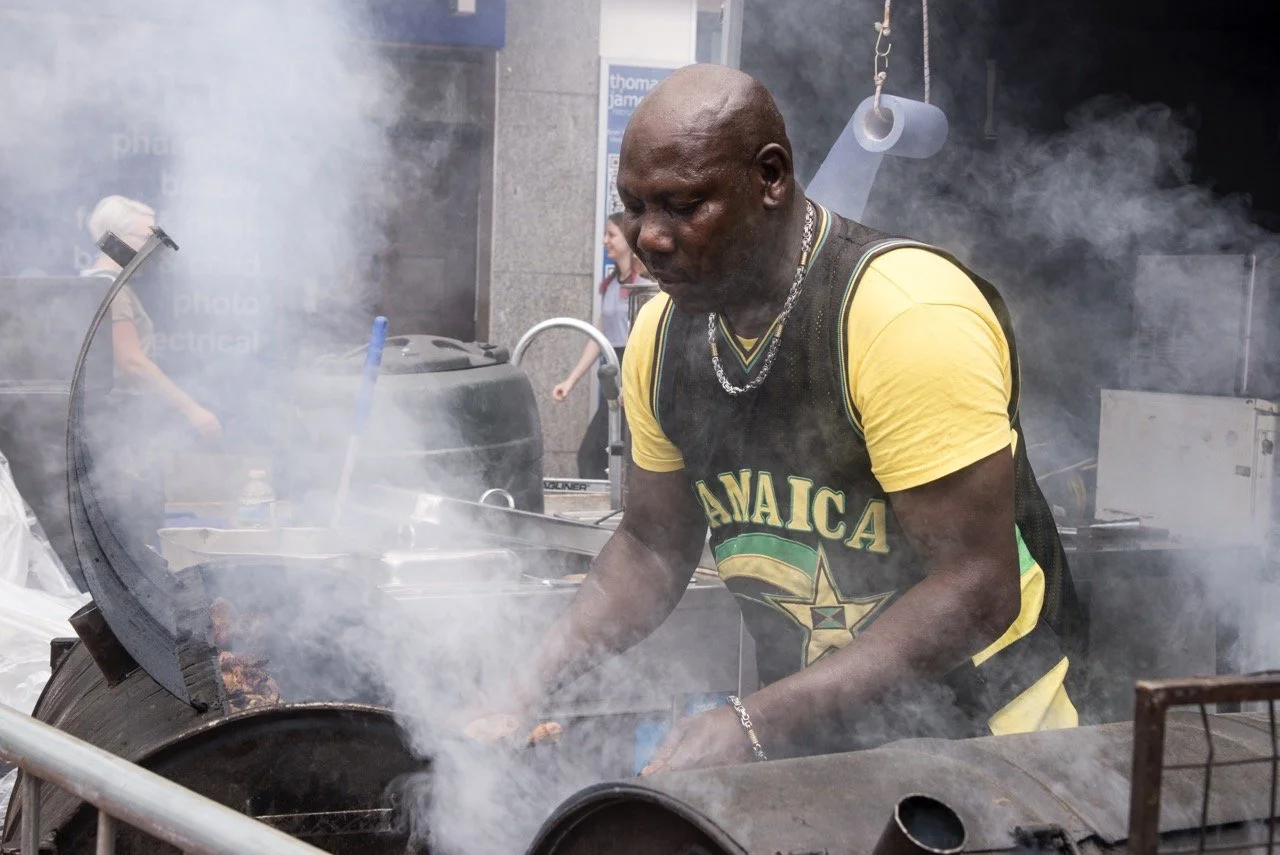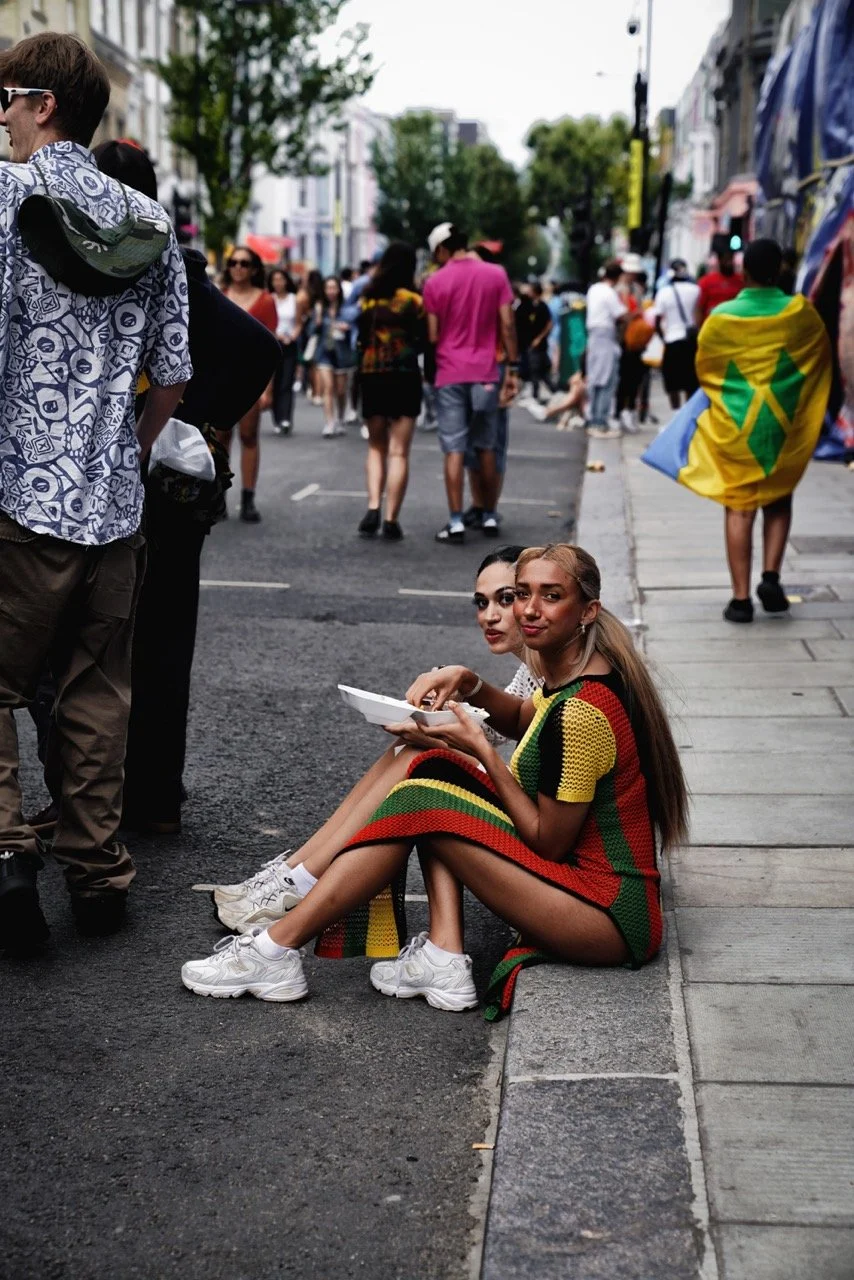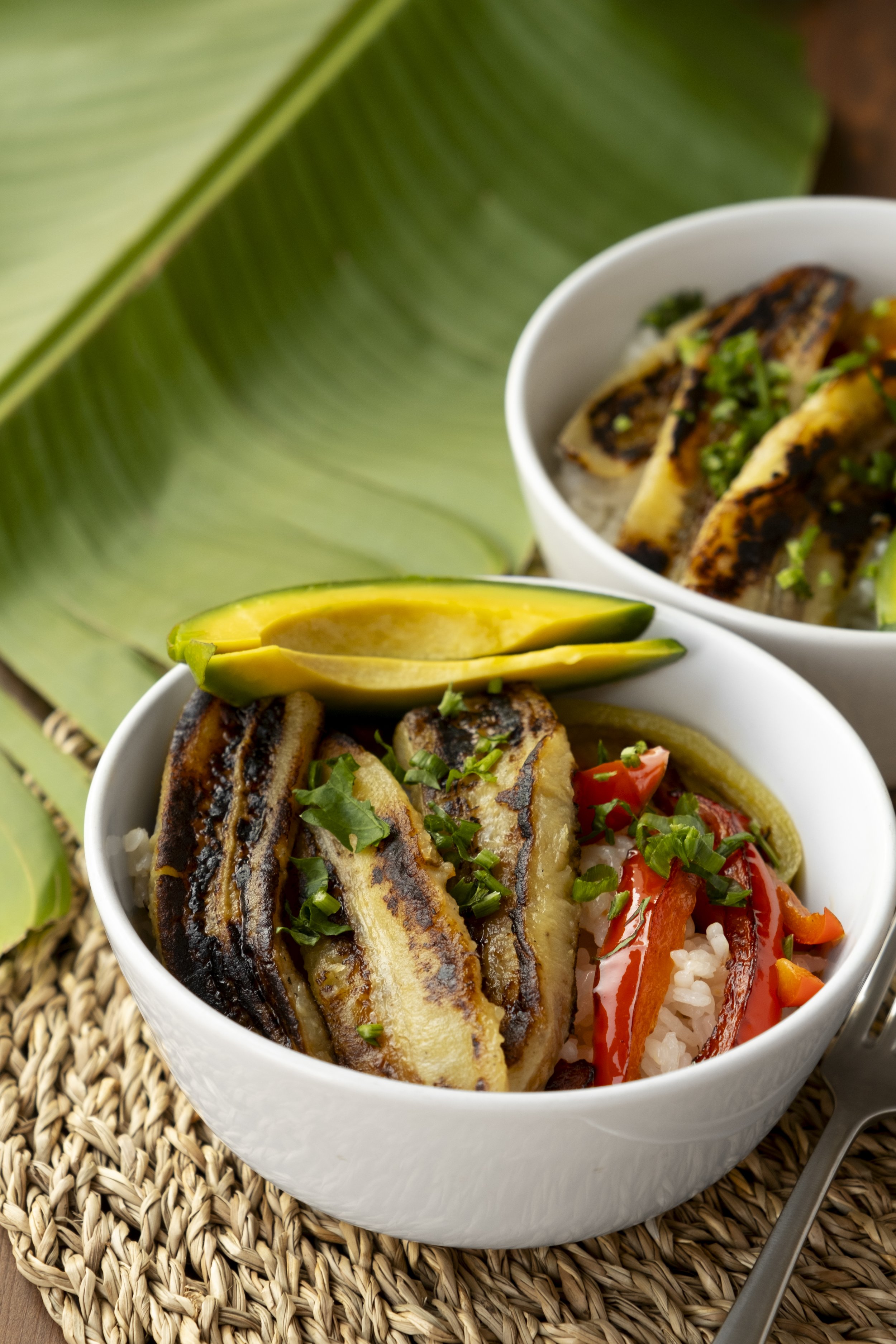WINDRUSH FOOD CULTURE
FROM THE MARGINS TO THE MAINSTREAM.
Recognition, Revolution and the Flavours of Belonging. A Story of Survival, Belonging and Joy — Told Through Taste
The Original Caribbeans Before the Ship — The Caribbean Kitchen Begins
Roots
Coming to Britain — Recipes, Seeds and Memory
Arrival
Making a Life
Markets, Windrush Women, Kitchens — Building Through Food
Taking to
the Streets
From Jerk Pans to Carnival Stalls — Food as Culture
From the
Margins to the
Mainstream
Recognition, Revolution and the Flavours of Belonging
Food is power
Memory Passed Through Hands. History Served on a Plate.
Windrush Kitchen
& Dining Room
The Heart of the Home
TASTE MAKERS
Windrush Chefs, Food Entrepreneurs & Icons.
Food was one of the first languages of Windrush Britain. In cafés, church halls, takeaways and television studios, Caribbean cooks and culinary leaders turned family flavour into public culture — and into business.
They turned patties and pepper sauce into stories of pride, resilience, and economic power.
Featured Icons:
• Rustie Lee — Pioneer of Flavour & Laughter
• Wade Lyn CBE — Island Delight Patties
• Levi Roots — The Sauce That Sang a Nation
• Michael Caines MBE is a renowned Michelin-starred British chef and restaurateur
• Andi Oliver — Chef, Broadcaster, Curator
• Ainsley Harriott — TV’s Caribbean Comfort King
• Wilfred Emmanuel-Jones — The Black Farmer
• Lorraine Pascale — Elegance in Every Bake
• Caribbean Takeaway Legends — The High Street Heroes
• Jerk Pan Masters & Carnival Cooks — Street-Level Innovators
• Windrush Elders (Grandmas’ hands)
• Future Plate -a collective of leading Black chefs and culinary creatives celebrating African and Caribbean cuisine through immersive dining experiences, cultural storytelling, and high-profile collaborations including Julian George (founder), Jason Howard, Opeoluwa “Opy” Odutayo, William Chilia, and Daniel Rampat.
• Ryan Matheson is a Jamaican-born chef with over 25 years of experience who now serves as an Executive Chef.

